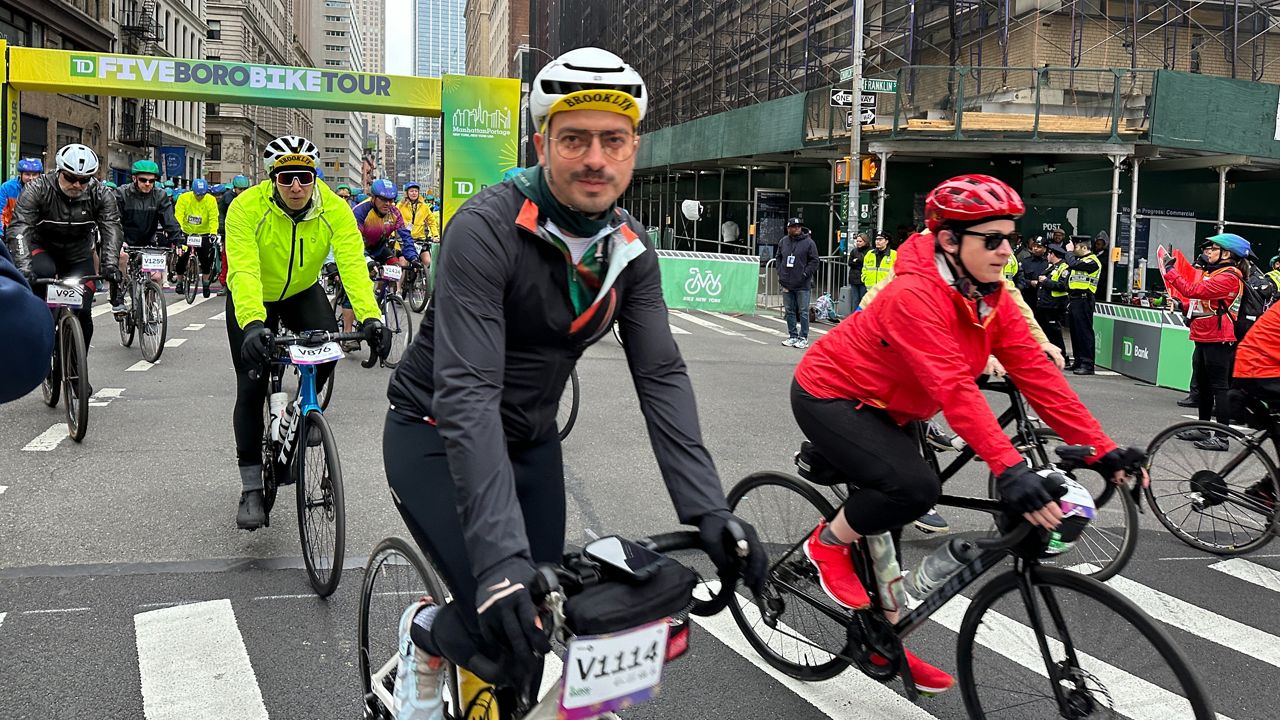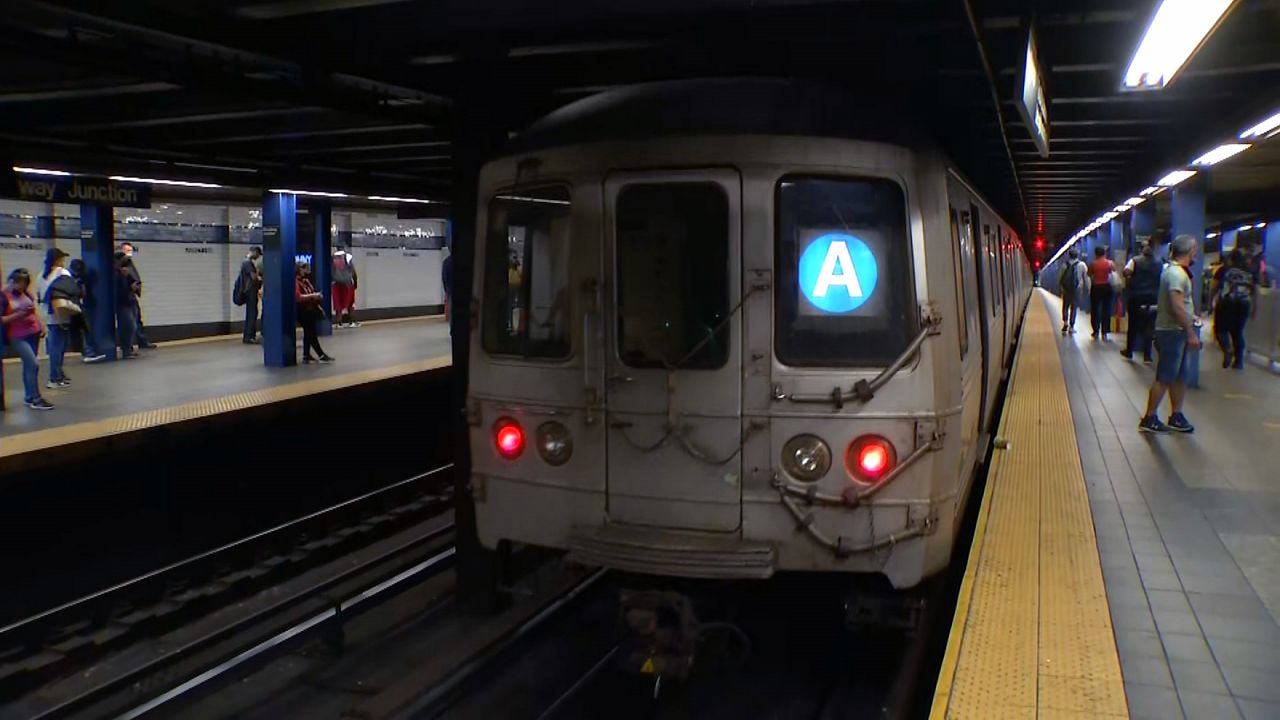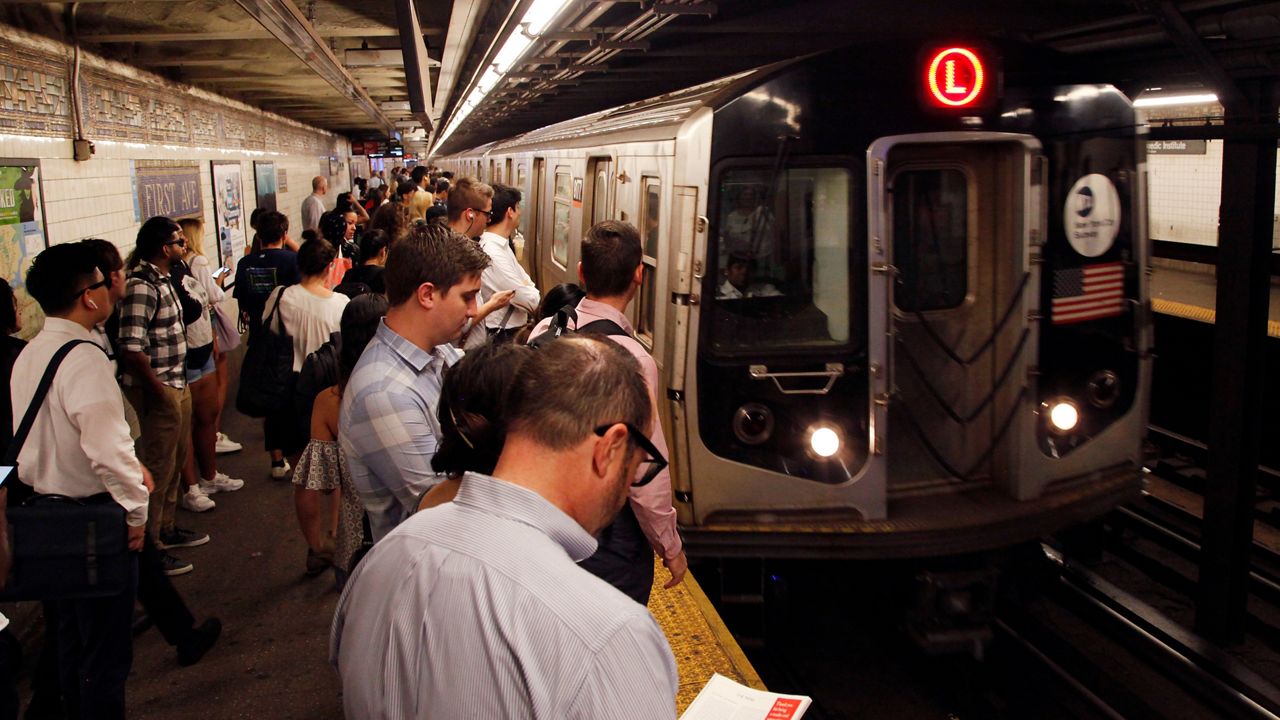More standing room, but fewer seats — that's the tradeoff the MTA began testing on the L line on Tuesday, with the goal of reducing delays caused by overcrowding. NY1 Transit Reporter Jose Martinez broke the story on NY1, and filed the following report.
L train riders know space is at a premium on the subway line linking Manhattan and Brooklyn.
"Oh my gosh, when you hit Bedford and Lorimer, it's like hectic and chaotic," one commuter said.
So on Tuesday, the MTA rolled out another tool in its quest to cut delays and improve service on the overcrowded line: flip seats.
Step inside and grab a seat — while you still can.
They were installed in half of one L train to increase its capacity for the morning and evening rush hours. The seats are flipped up, adding room for about 40 passengers per train.
It's the latest initiative under the MTA's new "Subway Action Plan" to reduce overcrowding and delays.
"In the morning, rush hour commute, it's going to be too much people on the train, and a lot of people want to sit down," one woman said while she sat down in the train.
"It doesn't really seem that much better, and you kind of get stuck here where you can't reach something," said one woman who was stuffed between fellow straphangers on the train. "I like that they're trying, but it doesn't really seem like the best avenue."
The MTA already is testing removing the seats in the end of cars on ten E trains. The agency also will try expanding the capacity of the 42nd Street Shuttle.
"None of the cars will have 100 percent of the seats removed," MTA Chief Operating Officer Philip Eng said.
The idea was criticized by advocates when MTA Chairman Joe Lhota first floated it last summer.
"People are not going to like that," Gene Russianoff of Straphangers Campaign said in July. "They're not going to see that as an efficiency."
For all that's new on these L trains, there's a little bit of the old as well. Like a strap, which can be seen in the video above. L train riders can officially refer to themselves as straphangers — straphangers who may be feeling a bit more squeezed:
"It feels even tighter, more claustrophobic, actually, because everyone wants to get closed in," one train rider said.







 CGPKG Anniversary M15 Fatal Subway Surf CG)

